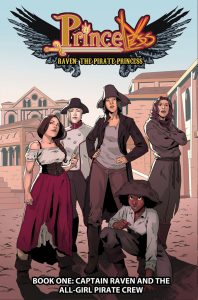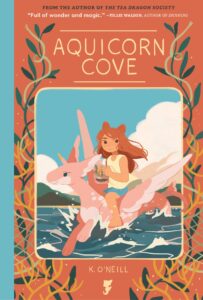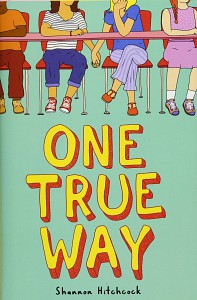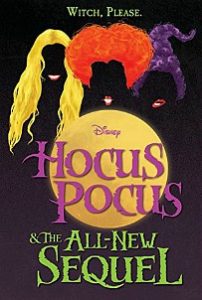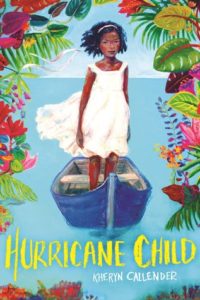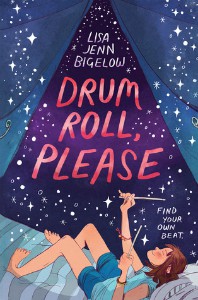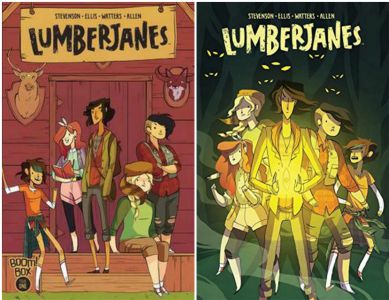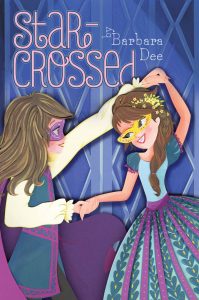I finally got around to reading Princeless: Raven the Pirate Princess, a comic series that’s been on my TBR ever since I heard of its existence. I’m kicking myself for not starting it sooner, because it’s just as awesome I was hoping. Raven is the daughter of a pirate captain, and she was supposed to inherit the title. Unfortunately, her brothers stole that from her. Now, she’s determined to put together her own crew, get a ship, and regain what’s rightfully hers.
This is a diverse, all-women pirate crew bent on revenge. There’s an f/f romance between Raven and another member of the crew, who was a childhood friend until Raven betrayed her. (Friends to Lovers to Enemies to Lovers?) I can’t help but compare this to Lumberjanes for a) the all-women group of adventurers and b) hijinks, but Raven the Pirate Princess seems to be aimed more at teens than middle grade. There is more violence than something like Lumberjanes, and the relationships are more complex.
My favourite thing about the three volumes I’ve read so far is that I feel like I’m really getting to know the entire crew, not just the five on the covers. They all have distinct personalities, and they have their own close friendships and rivals within the group. In addition to the racial diversity and multiple queer characters, there’s also a Deaf character who uses sign language. Although there is a lot of action, and the plot progresses quickly, I felt like there was still attention paid to establish each character.
In addition to adventure and heartbreak, there’s also a lot of satire, especially making feminist points. I also loved the references that I caught (Doctor Who, Avatar, a Kelly Sue DeConnick appearance). I preferred the art in the first volume (that’s what’s the cover), though, and I did take a while to get used to the art in the second volume. In the third volume, there’s a subplot that I don’t feel great about. [spoilers/content warning about race, highlight to read] A black woman (elf) is held captive and treated like an animal. One of the people imprisoning her (he is wearing a turban and has light skin) befriends her, and begins to argue for her to have more privileges (like a room to be locked in instead of a cage), but is still imprisoning her. They fall in love. He breaks her out. I feel uncomfortable with the prisoner-falls-in-love-with-her-captor story line no matter what the context, but having the black woman character treated as an animal and kept as a cage just adds to the grossness, and I don’t believe there are any black creators on the team. [end] There are a lot of diverse characters, which helps, but I did personally cringe at that point.
I do want to continue with the story, though, and I’m excited to see where it heads next!

